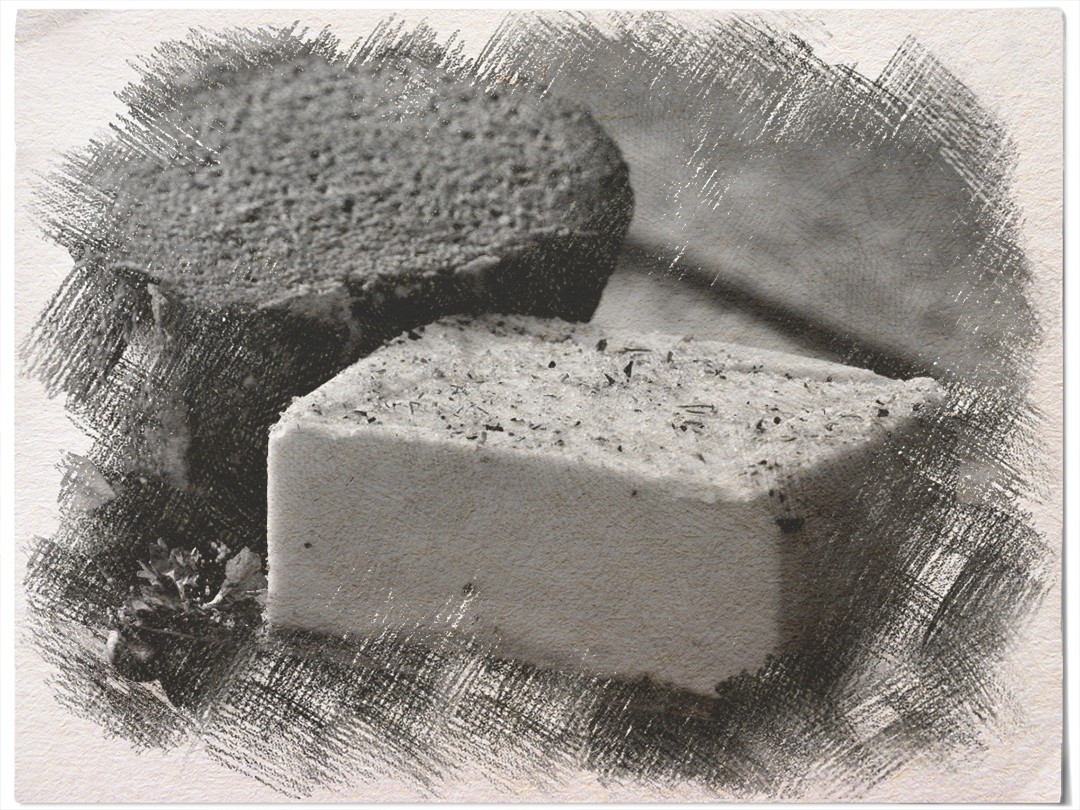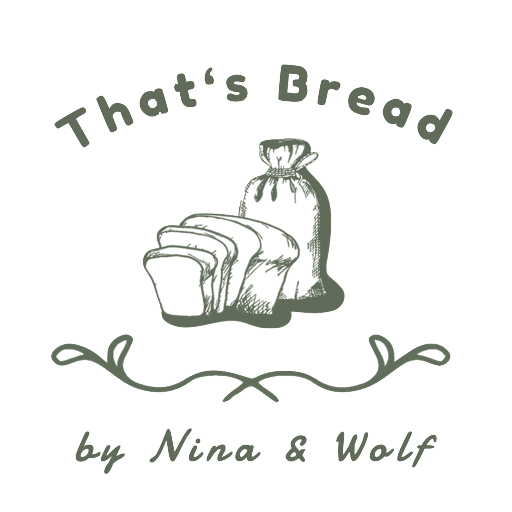Melted Butter vs. Soft Butter

If you ever have asked this question you are not alone. Recipes often ask for soft butter, others ask for melted butter. One thing all have in common is that in all instances it is not clear why to use either soft or melted butter.
Butter is an important ingredient when it comes to baked goods. Butter has an impact on a number of factors including tenderness, flakiness, taste, leavening and structure.
What is the definition of hard, soft and melted butter
Hard butter should be hard, fresh out of the fridge.
Soft butter should still be cold but malleable. if should not be squishy or oily.
Melted butter is warm but not so hot that milk particles separate.
Butter temperature does matter
Temperature influences the behaviour of butter in a recipe when it mixes with the ingredients. In most cases a recipe will tell you if it wants cold, soft or melted butter. But why and how?
Cold butter is used when you don’t want the butter to mix with the rest of the ingredients and instead form pockets of butter. You use it when for instance making croissants. When the butter melts in the oven, the containing water creates steam, which in turn creates air pockets, making the product flaky.
If you use soft butter, you can easily cream it together with sugar and coat the flour particles. The result is an even distribution of fat through the dough. The final product will end up being tender and fluffy.
When you use melted butter, it provides moisture and flavour but it does not improve the structure of the dough. The result is a more chewy texture of the product.
Summary
To summarise the above in short we can say:
- Hard Butter = Flaky Product
- Soft Butter = Fluffy Product
- Melted Butter = Chewy product
So think about the structure which you want your product to have and match it with the structure of the butter for a perfect baking experience.
